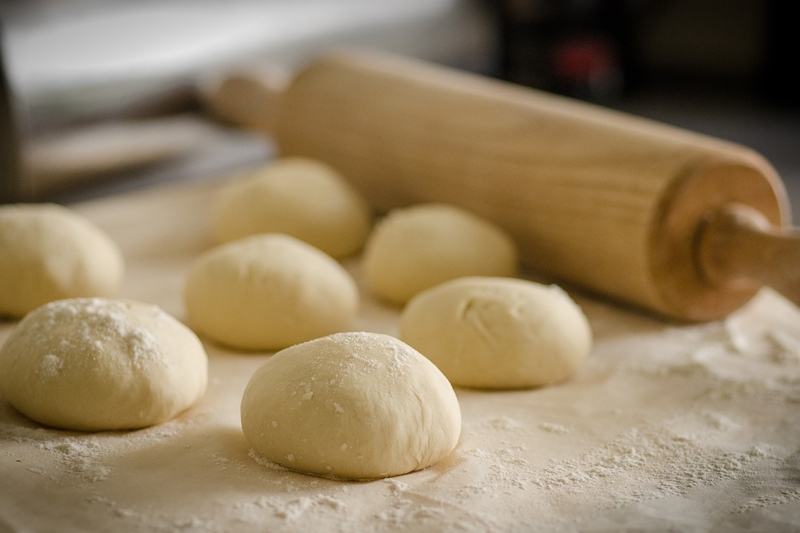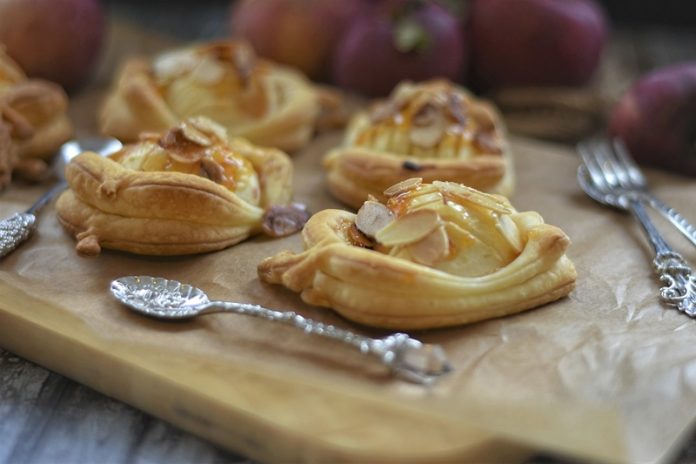Table of Contents:
- Introduction to Baking Pastries and Pies
- The Science of Baking
- Crafting the Perfect Pie Crust
- The Beauty of Fillings: Sweet and Savory Options
- Decorative Techniques for Finishing Touches
- Gluten-Free and Vegan Baking Alternatives
- Baking Tools and Equipment Essentials
- Advanced Baking Techniques
Key Takeaways:
- Understanding the basics and science behind baking can elevate your pie and pastry making.
- Exploring different fillings and crust options broadens your culinary repertoire.
- Baking tools and techniques are essential for crafting perfect pastry creations.
Introduction to Baking Pastries and Pies
Stepping into the world of baking is like opening the door to endless possibilities where creativity and precision coalesce. For many, the allure of a freshly baked pie or a delicate pastry is irresistible. The warm, comforting aroma of butter and sugar in the air, the golden crusts and flaky layers laid out in display cases all speak to a tradition that goes beyond mere food—it’s about crafting experiences. Baking encompasses the age-old techniques handed down through generations and the vibrant innovations of modern patisseries. Walking into a bakery, one can’t help but be captivated by the array of tempting pastries near me, each a testimony to the baker’s craft.
The Science of Baking
At the heart of baking lies a science that must be respected for the magic to happen. Flour, butter, sugar, and eggs—these simple ingredients can yield an array of textures and flavors, each dependent on the careful manipulation of chemistry and physics. It’s the carbon dioxide bubbles expanding in the oven’s heat that cause dough to rise and fluff, and the proteins in flour and gluten give pastries their structure. Bakers must often become chemists, adjusting proportions and experimenting with conditions to produce the perfect outcome.
Precise measurement and timing are the gatekeepers of baking success. One must consider the ratios of moisture and fat, the type of leavening agent, and the mixing technique to achieve the desired result. Knowing how to coax the best qualities out of each element often leads to a successful and delicious pastry or pie.

Crafting the Perfect Pie Crust
Many will argue that the crust is paramount to the overall enjoyment of a pie. Crafting the perfect pie crust is a dance between flakiness and tenderness, achievable through meticulous methods and intuition. Temperature plays a crucial role; cold fats blend with the flour to create pockets of air that puff up into buttery, flaky layers once they hit the oven’s heat. Each type of fat used—from the rich flavor of butter to the shortening’s tenderizing effect—imparts a different texture and complexity to the crust.
Successful pie crusts often hinge on a few key technique points: don’t overwork the dough, as it will result in a tough crust, and allow the dough to rest, ensuring the gluten relaxes for easier rolling. There’s also wisdom to be gleaned from tried-and-true recipes that have stood the test of time, guiding bakers through the careful balance of ingredients and techniques necessary for a consistently impeccable crust.
The Beauty of Fillings: Sweet and Savory Options
The soul of a pastry or pie lies snuggly within its filling—the sweet apple spiced with cinnamon and nutmeg or the rich, dark chocolate that smoothly yields to the fork. Sweet fillings can range from fruit jams to complex custards and creams, each adding its unique character to the pastry. Savory pies aren’t left behind, often filled to the brim with robust meats, sharp cheeses, and aromatic herbs that offer a meal encapsulated in a pastry envelope. A well-constructed filling is not just about taste; it’s about the harmony of flavor and texture and how it complements the crust encasing it.
Creativity flourishes in the realm of fillings, and bakers can truly show their prowess here. Experimentation leads to innovation, such as combining unusual fruit varieties or infusing creams with unexpected spices. The right pairing can elevate a simple pie into a memorable culinary experience, a delight for both the palate and the eye.

Decorative Techniques for Finishing Touches
A well-baked pie is a testament not only to the baker’s skills and technical know-how but also to their aesthetic flair. Simple techniques such as a braided edge or a lattice top can transform a pie from commonplace to a work of art, demonstrating the attention to detail that goes into each creation. More than just decorative elements, these finishing touches serve a practical purpose, like allowing steam to escape, preventing the filling from boiling, or ensuring the crust bakes to an even golden brown.
Precision in these decorative elements can set apart amateur bakes from professional-grade pastries. A glossy egg wash or a dusting of coarse sugar before the bake can enhance flavor and texture, providing a beautiful sheen and a slight crunch that completes the sensory experience. Such aesthetic considerations serve as the final flourish in the pastry-making process, and often, they are what customers and guests notice and appreciate first.
Gluten-Free and Vegan Baking Alternatives
Pastry and pie-making have been transformed in recent years by the growing need for gluten-free and vegan options. The introduction of alternative flours such as almond, coconut, or oat has allowed those with gluten sensitivities to enjoy the pleasures of a flaky pie crust or a tender scone. Similarly, plant-based butter and milk alternatives offer vegans the chance to relish traditionally out-of-bounds flavors.
The challenge—often willingly accepted by innovative bakers—is to recreate the textures and tastes expected from traditional pastries and pies without the standard components. This evolution in baking ensures that more people can indulge in the comfort of a warm slice of pie or the joy of a sweet pastry, regardless of dietary constraints.
Baking Tools and Equipment Essentials
Behind every skilled baker is an arsenal of tools that assist in achieving baking perfection. Pie dishes, rolling pins, pastry blenders, and food processors are just a few of the essentials that make the process smoother and the results more consistent. Proper measuring tools are invaluable for ensuring that ingredients are in the exact proportions that recipes require.
Furthermore, specialized utensils like lattice cutters or dough tampers can add a professional touch to the pastries, making the tasks easier and the results more aesthetically pleasing. Carefully selected tools aid in general preparation and enhance the baker’s creativity and efficiency, allowing for precision and ease in every step, from mixing to decoration.
Advanced Baking Techniques
While baking fundamentals are essential, mastering advanced techniques elevates a baker from good to extraordinary. The delicate nature of puff pastry or the airy lightness of a perfectly whipped meringue requires practice and a deep understanding of the intricacies involved. Taking cues from professional pastry chefs and learning to incorporate methods like lamination—layering dough and fat to create light, airy textures—can add new dimensions to home baking.
Staying abreast of innovation in the field and experimenting with avant-garde culinary techniques can inspire a new wave of pastries. Such constant learning and experimentation are the lifeblood of the baking industry, pushing it forward and keeping it vibrant.







